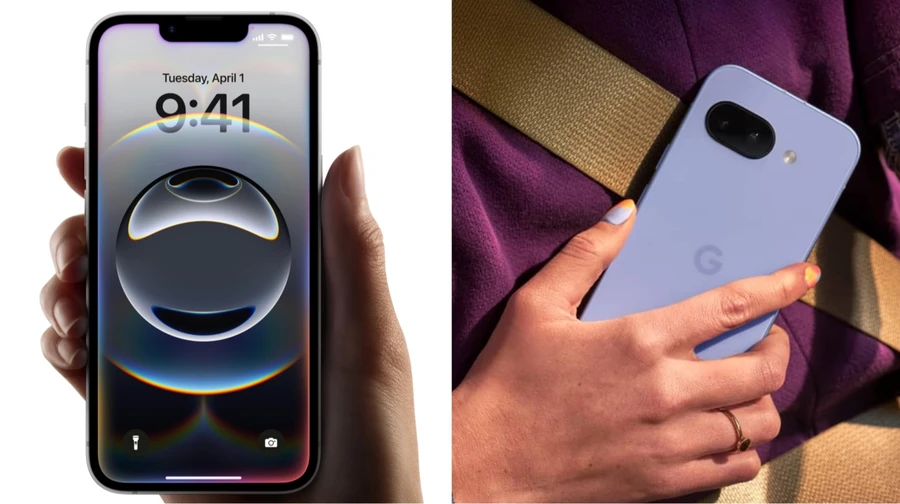
Apple and Google smartphone s may not compare in quantitative indicators, but in fact it is one of the most interesting couples of competitors in their niches. At least it was so before. On average budget, both manufacturers have their contestants who have just received update d versions - this iPhone 16e and Google Pixel 9a . And if the first year caused a flurry of criticism, then the second continued systematic improvements, and also found something to surprise the fans. Let's take a closer look at how these model s have prepared for competition with each other in the next at least a year.
And let's start with the general provisions. The iPhone 16E is a kind of continuation of the iPhone SE models . They did not update each year, mostly had the design of already outdated models of previous years, relatively limited capabilities and compromises. However, the price was significantly lower than the flagships.
This time, the iPhone 16e, despite a considerable set of pleasant moments after SE, did not find any fundamentally new combination of functionality. The company provided it with an iPhone 14 body , one main camera and enough performance to support the Apple Intelligence features. In general, it is quite clear how the iPhone base model .
However, the price of such a smartphone has increased significantly. If the previous iPhone SE at home cost from $ 429 to $ 579, then the iPhone 16e started with $ 599, not to mention the most expensive option with 512 GB memory for $ 899. Nothing, as for the initial smartphone of the line, the cost, which in the most expensive configuration almost "reached" to the flagship.
The current initial Pixel - Google Pixel 9A - almost went on sale. Over the past couple of years, the gadget has become more rounded, increased the brightness and frequency of image updating, and systematically added performance. All the necessary functionality and new capabilities of the AI model also did not bypass.
And at the same time, Pixel 9a was able to surprise something unusual, as for the modern smartphone. It has two cameras behind, which are practically not rising above the body. This is a very atypical moment in the appearance of modern smartphones, because virtually every model has projections above the back cover with lenses, if not generally blocks of cameras.
And Google Pixel 9a did not change its price tag, and costs from $ 499. And if the iPhone SE offered a little lower cost, then the iPhone 16e became more more expensive. Therefore, for those potential buyers who choose their next smartphone among these models, the choice can change dramatically not least, in fact, because of the price.
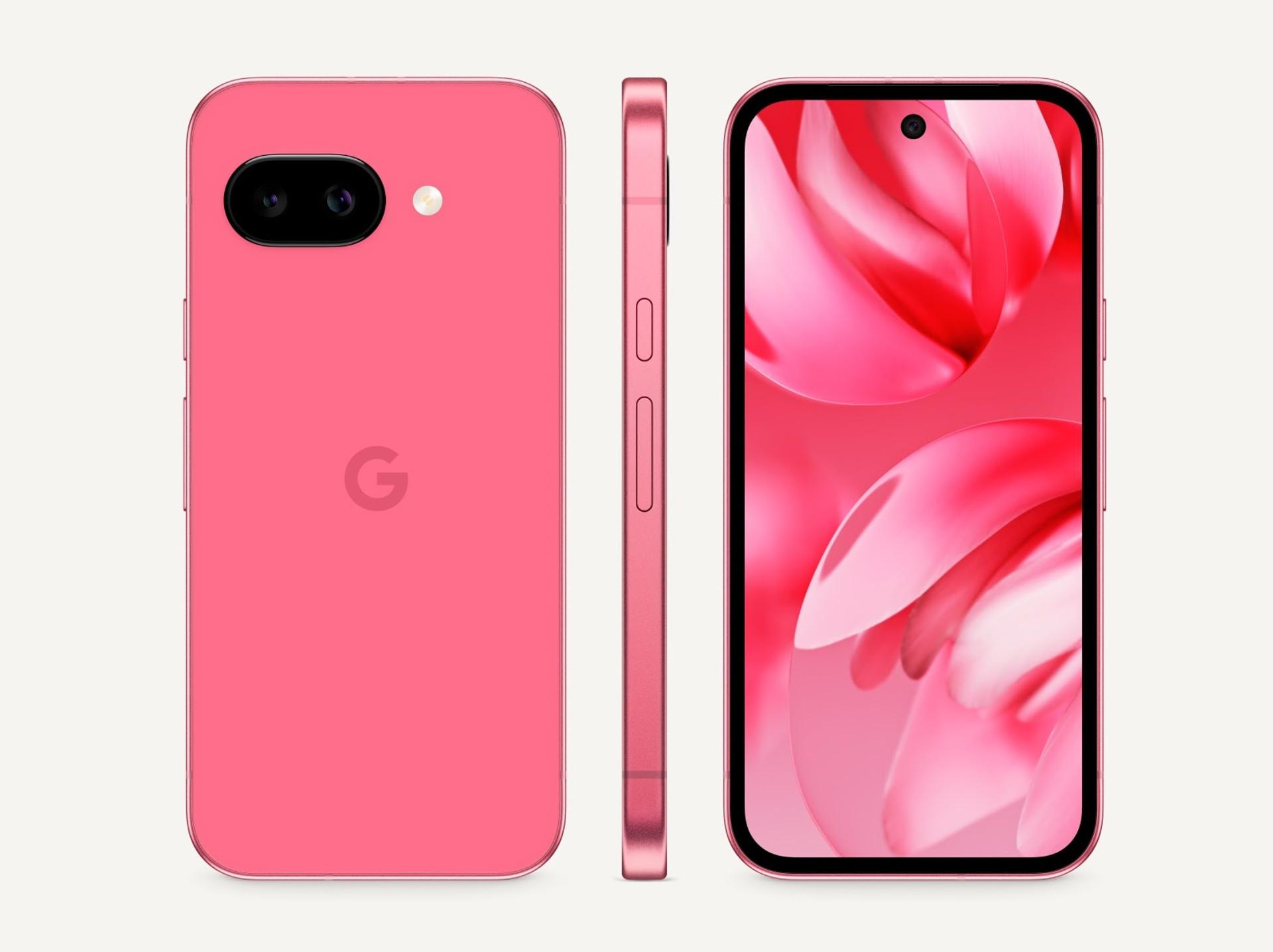
Let's start considering competitors with appearance. The iPhone 16e will offer a minimally premium body, which consists of glass on both sides and metal between it. Pixel 9a in this regard is inferior to the back cover, which has a plastic one. Objectively, most users will not notice this in daily use, as smartphones are rarely used without protective cases . However, the glass buildings are still pleasant when there are no covers. However, the colors in the iPhone are less - in black and white, when Pixel 9a has more interesting options Obsidian (black), porceelin (beige), peony (red) and iris (purple).
In both cases, these smartphones have water and dust protection by IP68. However, the iPhone 16E, like other Apple smartphone smartphones , can be immersed in a depth of up to 6 meters when Pixel 9A has a standard 1.5 meters. Again, not such a fundamental moment, especially since none of the manufacturers covers the cases of water entering the body. However, this difference still exists on paper.
Among the nice little things, the iPhone 16e has an Action Button programmed key. You can still close some routine task, and it adds minimal convenience. Instead, Pixel 9A has a standard set of keyboard keys, without unusual elements. Action Button is in no way a dilbraaker, but rather something from the list of "nice to have".
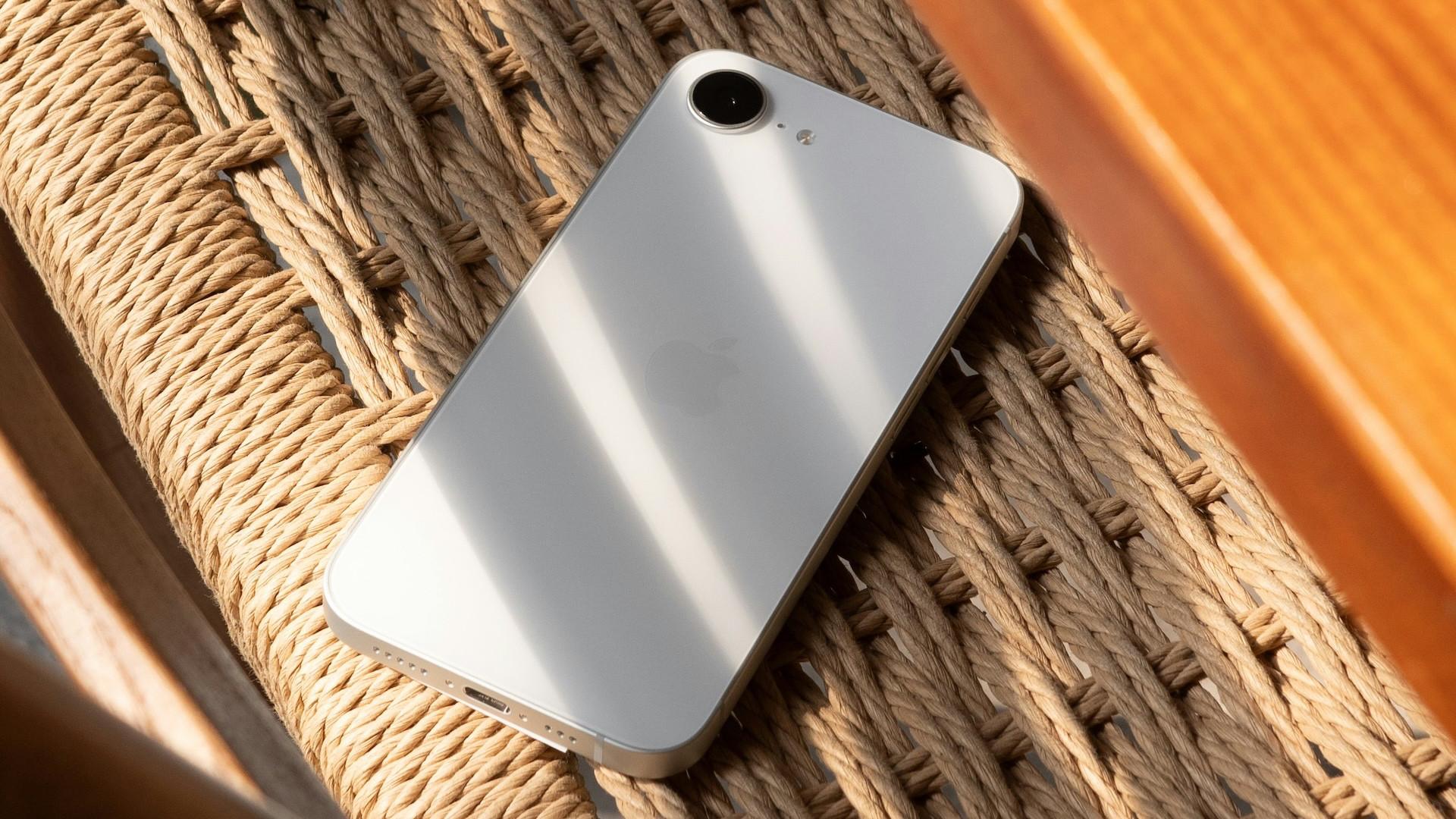
Despite the difference in materials, the iPhone 16E has a little more compact and lighter body for Pixel 9A. The numbers are 146.7 × 71.5 × 7.8 mm and 167 grams against 154.7 × 73.3 × 8.9 mm and 186 grams. I do not think that in the modern world it will be a fundamental difference. Rather, it is felt by users with small hands or children, and they are unlikely to complain about such differences.
In part, the difference in size is, as usual, display s. Pixel 9A has a larger 6.3-inch P-OLED screen with a resolution of 2424 × 1080 pixels and a ratio of the sides of 20: 9. The iPhone 16e has a 6.1-inch OLED display Super Retina XDR-2532 × 1170 pixels and 19.5: 9.
Here, the iPhone 16e is inferior to Pixel 9A at least three points: the lower frequency of the image update - 60 versus 120 Hz; lower brightness (800/1 200 kd/m² versus 1 800/2 700 cd/m²); and support for Always-on Display function. In contrast to all the previous differences, it is this trinity that can be much more in everyday life. Especially the brightness, which in the summer sun in the open space is significantly higher in Pixel 9A. And Always-on is also a nice bonus that still only have flagship models Pro.
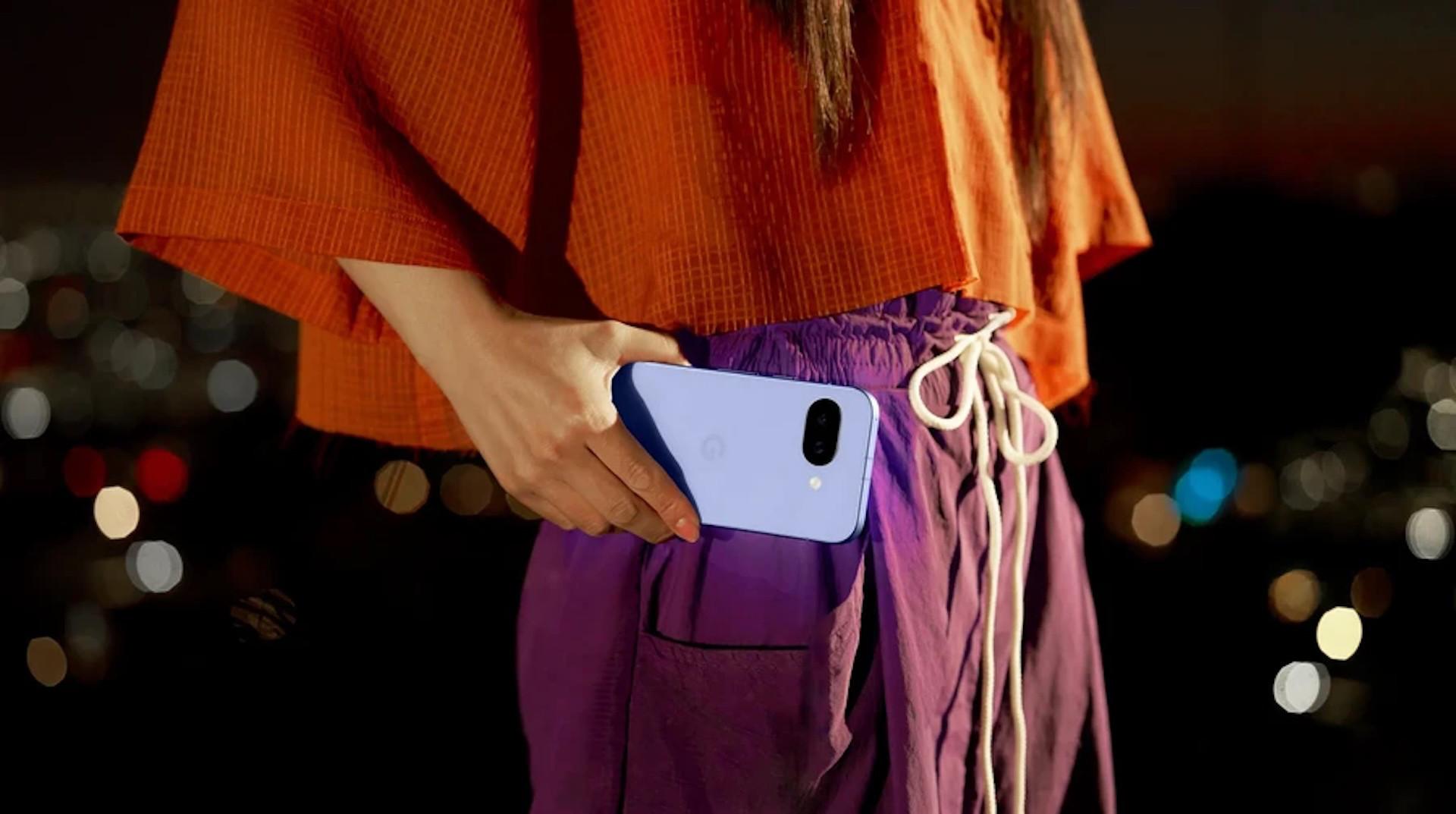
Both smartphones will provide stereorosis, so parity. The headphones have long got rid of both the iPhone SE and the cheapest Pixel models , but in both cases, the manufacturers have TWS-masters with a good set of additional functionality.
There will be more difference in available biometric authentication methods. Pixel 9A offers the usual set for Android smartphone: facial scanning with the help of a front camera and an optical fingerprint scanner under the display. Instead, the iPhone 16E, like all other Apple smartphone s (now), has no scanning, and the owner's face recognizes with the help of Face ID. In both cases, there are nuances, but historically it happened that users of both options are easy to adapt to them.
The differences between iOS and Android operating systems can really be significant. This material is not about them, but for each individual user the OS can be a key factor in choice. And it is also the case when the system's work supports both manufacturers. Therefore, the iPhone 16E has Apple A18 with a simplified graphic part (compared to expensive models of the line), and Pixel 9A uses Google Tensor G4 (although it is actually Samsung). In both cases, 8 GB of RAM is offered. The drives have 128 GB, but the iPhone has an option with 512 GB, and Pixel 9A has no more than 256. Excellent and memory types - NVME and UFS 3.1, respectively.
With communication, the situation is slightly different. Pixel 9A may be swayed by the support of the newer, though not last, the Wi-Fi 6E standard, when the iPhone is Wi-Fi 6. However, in countries where an emergency satellite is already working, the iPhone 16E will rather help, as its competitor has received a previous version of the modem without maintaining such functionality.
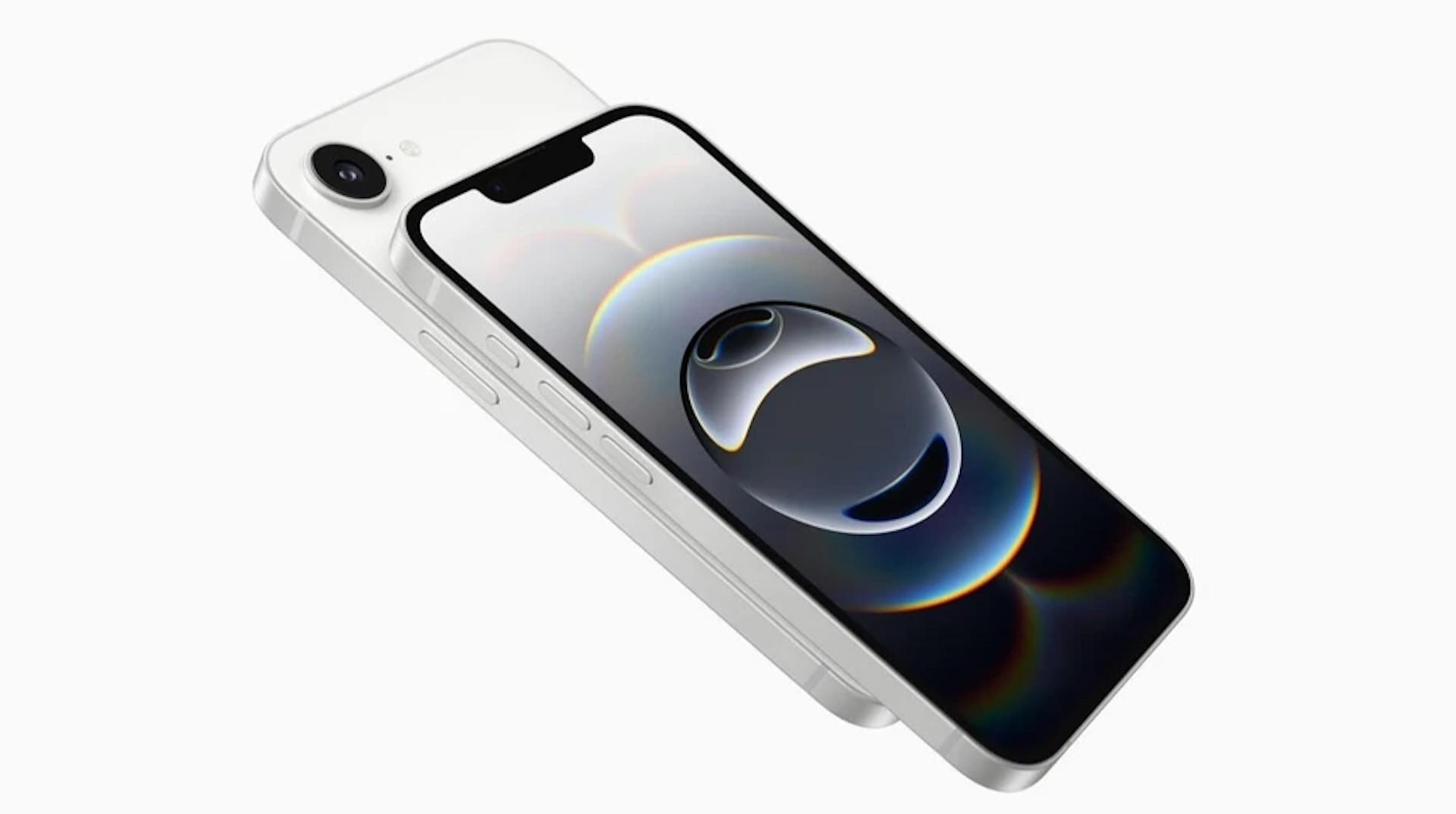
Even more difference will make cameras where Pixel 9A will be a variant choice. The smartphone has a 48MP main sensor (ƒ/1,7, 25 mm) and super -scoop with 13 MP (ƒ/2,2, 120 °). But the iPhone 16e, like SE, remained with only one main camera - also 48 MP (ƒ/1,6, 26 mm). Over -coal chambers are now in much cheaper smartphones, and Apple, in my opinion, is too much limited by the cheap base model (though it is clear that this way it is conditionally "pushing" the buyer to pay a little more than the iPhone 15 or 16).
With regard to frontal cameras, the iPhone is 12 MP, ƒ/1,9 and an equivalent of 23 mm. Pixel has one pixel more and wider grip angle - 13 MP, ƒ/2,2 and 20 mm.
With processing algorithms, the question is subjective. But, as it is better, most of the mobile photo fans are the option from Google like more. And there are more and more some and Android-google rows. So most likely, if the best capabilities of cameras are among the first requirements for a new smartphone, Pixel 9A will become a more interesting contender.
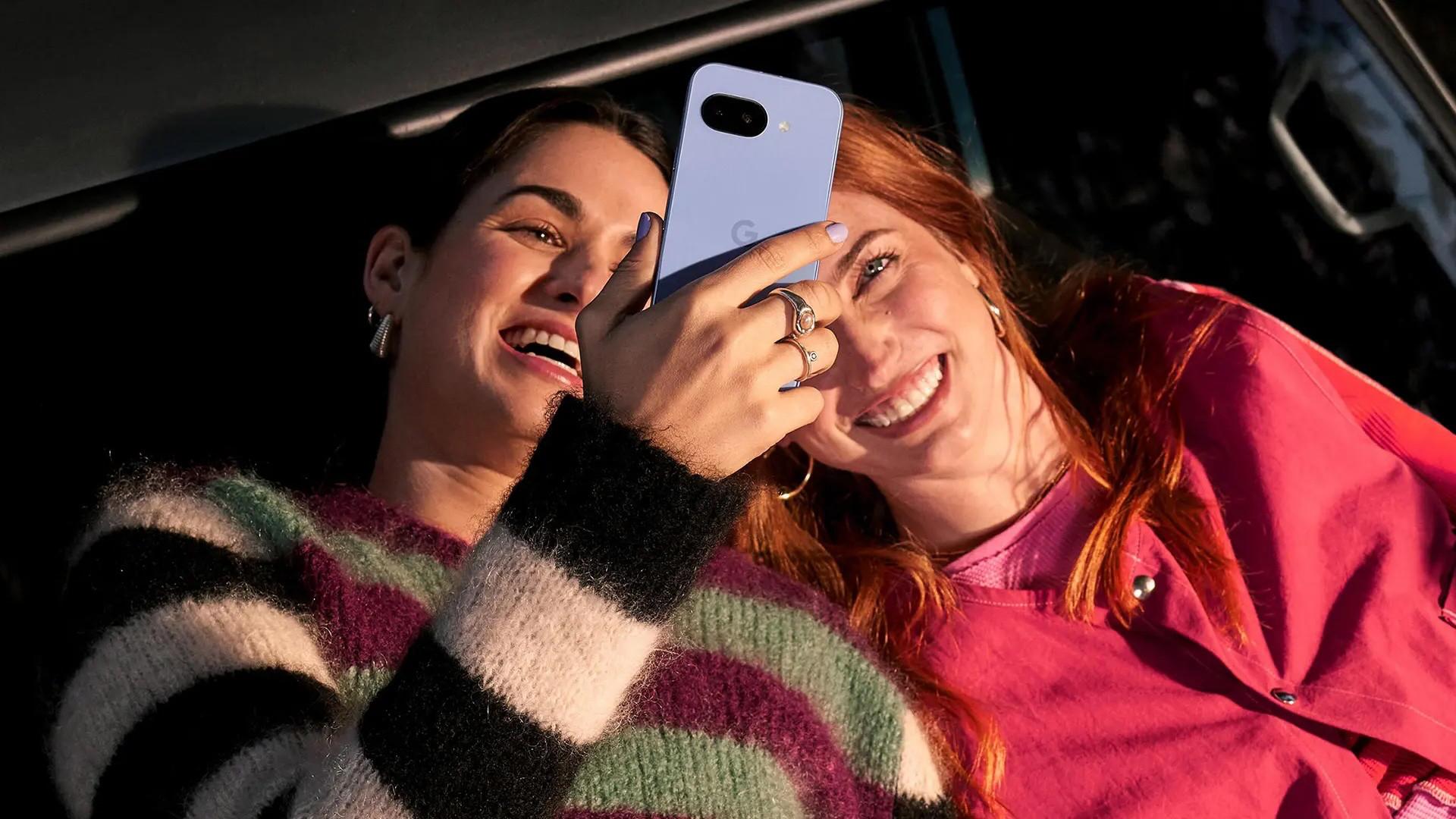
If you measure the battery capacity, the iPhone traditionally loses from 4 005 mA • h 5 100. However, it should be borne in mind that Pixel has a significantly brighter display. On the other hand, you should also keep in mind the subjective factors of use and overall optimization of software with working components. So it is too early to "hide" the iPhone by this criterion. However, it would be interesting to see the direct comparison of these models in the same conditions.
We have quite similar cases with charging options. The iPhone 16E on the wire supports charging up to 29 watts, while Pixel 9A - up to 23 watts. In both cases, 7.5-watt induction charging is maintained. Although Pixel has a more interesting USB-C 3.2 port than 2.0, as in the iPhone.
Any options for magnetic fastenings, accessories and charging stations will only be available to these models with appropriate protective cases. The defaults have not received such options.
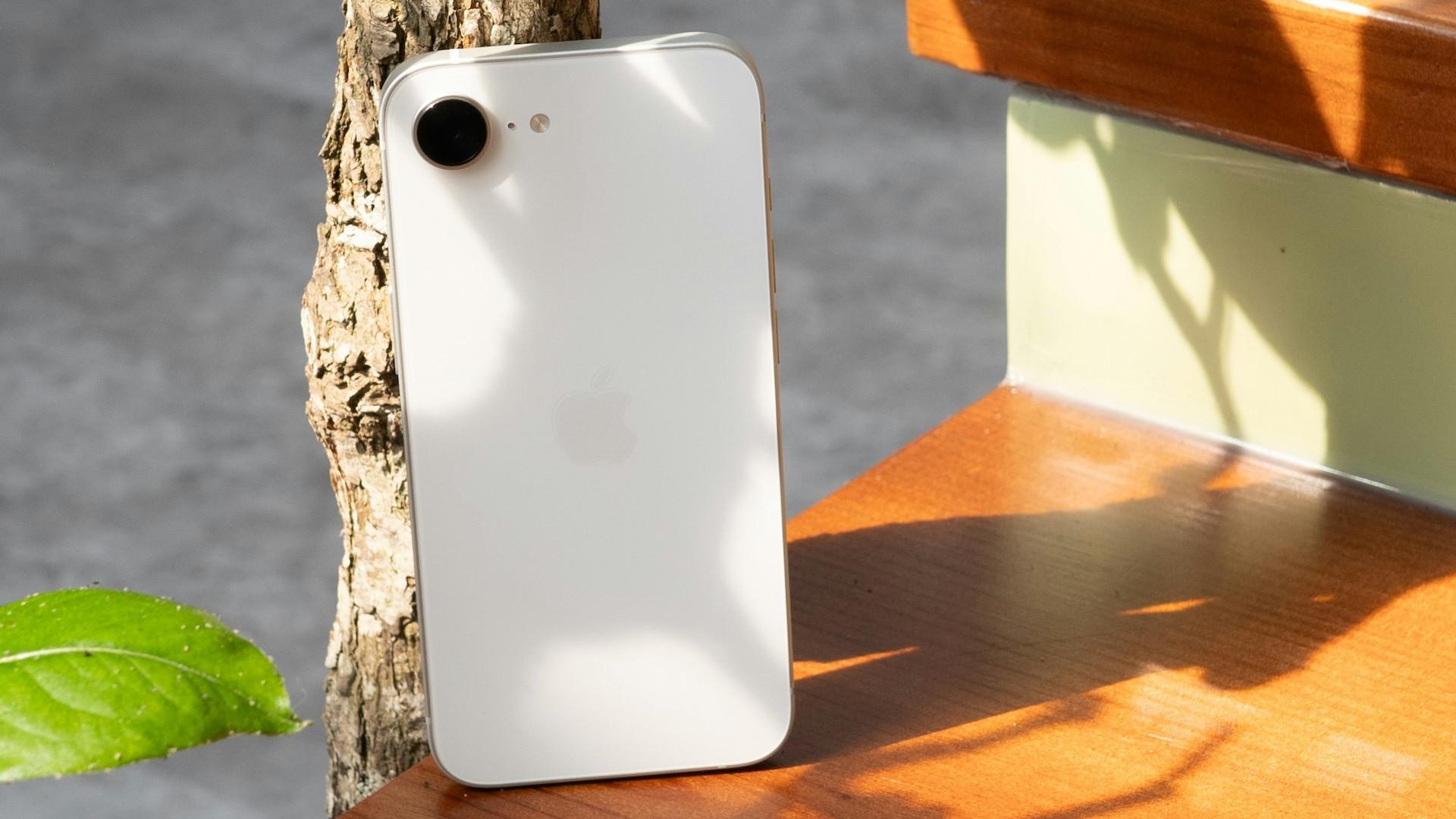
Yet, Apple's pricing policy hit the iPhone 16e position among competitive offers. The $ 600 smartphone would have to get more cameras, a brighter screen, and at least somehow distinguish against competitors. There is no point in talking about 60 Hz. Therefore, it will be difficult for buyers who are not very attached to Apple's work or ecosystem.
Pixel 9a has more cards here. In addition to being cheaper, it now takes into account the disadvantages just mentioned. Especially for Android fans, it can guarantee a faster output of OS updates and new features that Google is working on.
And if at one time iPhone SE and Pixel with the index "A" could still be compared, it now looks like an iPhone 16E is no longer interested in buyers in the middle segment, but is more aimed at stimulating sales of expensive iPhone , or remnants of models of previous lines. Of course, he will also find his buyer. But the previous advantages of the SE model did not remain in it, and mostly it happened because of its cost.
6.1-inch OLED
Resolution: 2532 × 1170
The parties: 19.5: 9
Update frequency: 60 Hz
6.3-inch P-OLED
Resolution: 2424 × 1080
The ratio of the parties: 20: 9
Update frequency: 120 Hz
Broadcast Sensor: 48 MP, ƒ/1,7
Supervisor: 13 MP, 120 °, ƒ/2.2
But again, each case is different, so the approach to choosing a smartphone and your own preferences can be very different. And who has best managed in the average budget, Google or Apple will only determine the final buyer.

 New Take-Two patent implies that Grand Theft Auto VI may have unique characters animation
New Take-Two patent implies that Grand Theft Auto VI may have unique characters animation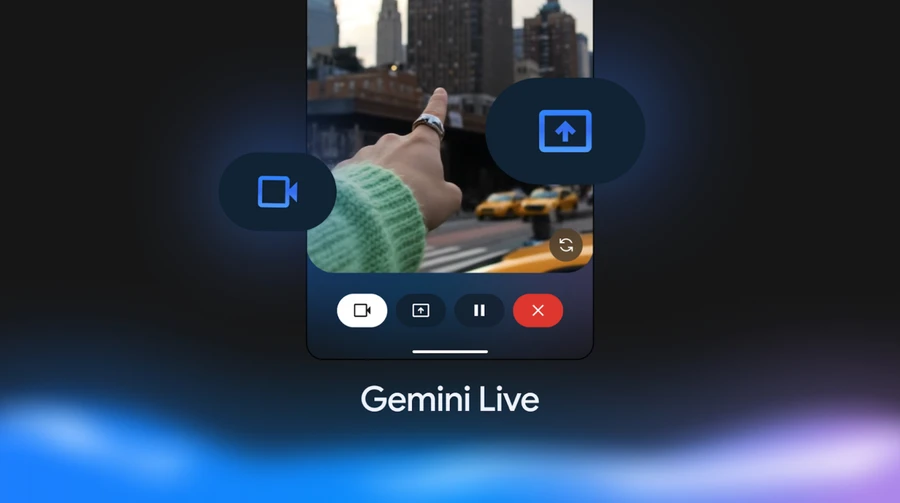 The Video Recognition feature in Gemini Live appeared on Pixel 9 and Galaxy S25
The Video Recognition feature in Gemini Live appeared on Pixel 9 and Galaxy S25 Selection of Games who managed to restore reputation after failure release •
Selection of Games who managed to restore reputation after failure release •